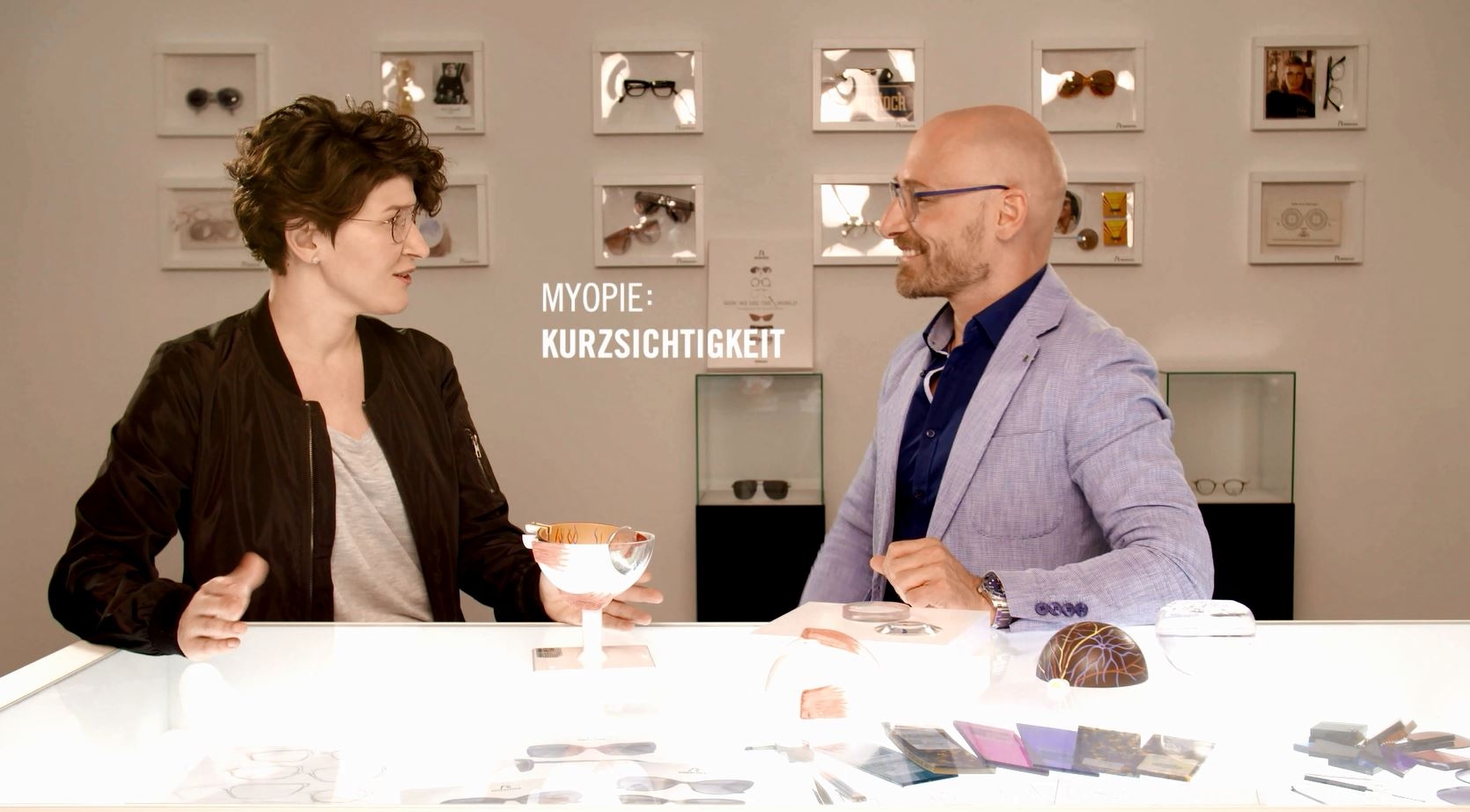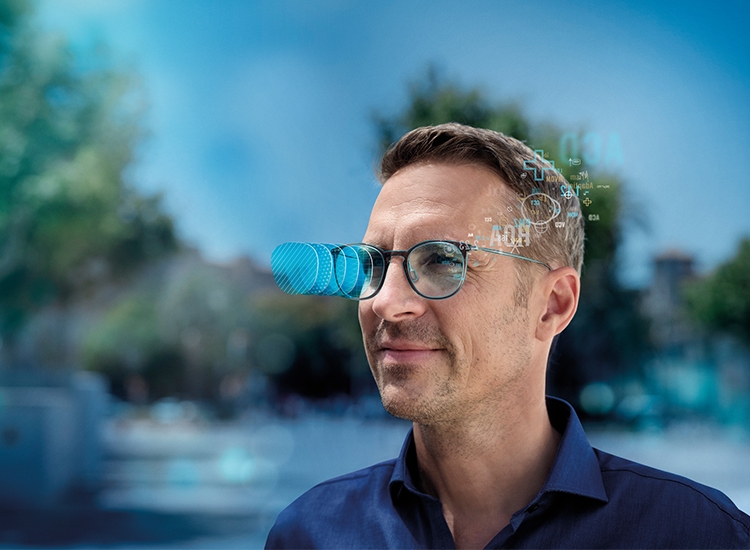An easy guide to eyesight terminology
Myopia, hyperopia, dioptre, presbyopia and astigmatism - Rodenstock expert Tom Reiter explains the most important specialist terms in ophthalmic optics.
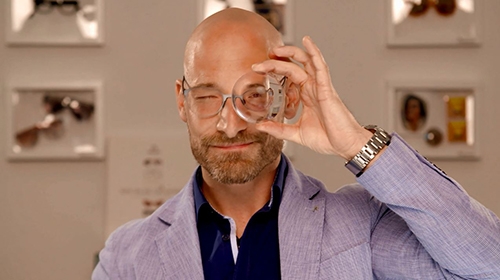
Myopia (short-sightedness)
Myopia, better known as short-sightedness, is an eye condition where close objects can be seen clearly but distant objects appear blurred. Myopia is caused by either the eyeball being too long or the lens having too much curvature. In both cases, this means that the light entering the eye converges too much and the image is focused in front instead of on the retina. The eye is unable to compensate for this by itself, but a pair of distance glasses can correct the blurry distance vision.
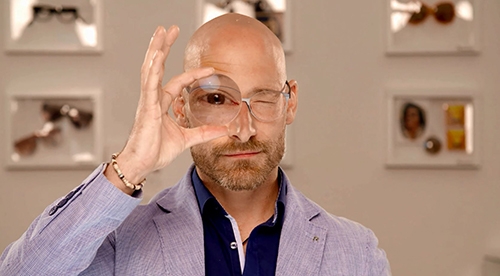
Hyperopia (long-sightedness)
With hyperopia, also known as long- or far-sightedness, far away objects can be seen clearly but closer objects appear blurred. Hyperopia occurs when the eyeball is too short or the converging power of the lens is too weak. As a result, the image is focused behind rather than on the retina. The eye is capable of compensating for this condition to a certain degree, especially in early life. Where long-sightedness is particularly bad or accompanied by side effects, such as dizziness or headaches, it can be treated successfully with a pair of glasses.
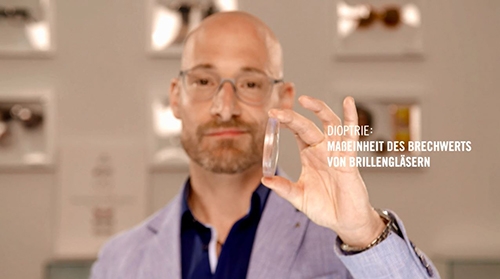
Dioptrie
The dioptre is the unit of measurement for, or the value of, the refractive power of an optical system, e.g. a spectacle lens.
Spectacle lenses that correct myopia (short-sightedness) are identified by a "-" before the measurement.
Spectacle lenses that correct hyperopia (long-sightedness) or presbyopia (ageing eye condition) are identified by a "+" before the measurement.
The higher the dioptre number, the greater the eyesight disorder and the thicker the spectacle lens required.
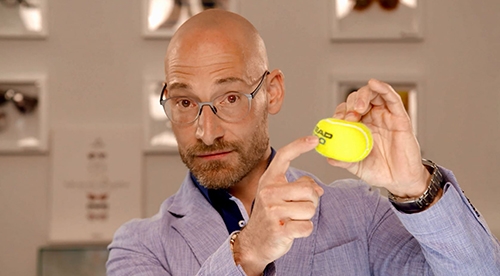
Corneal astigmatism
Corneal astigmatism means that the shape of the cornea is irregular. With a high degree of astigmatism, vision can be blurred at all distances. A corneal astigmatism often occurs in conjunction with other eyesight disorders, such as short- or long-sightedness, and can be corrected with toric spectacle lenses.
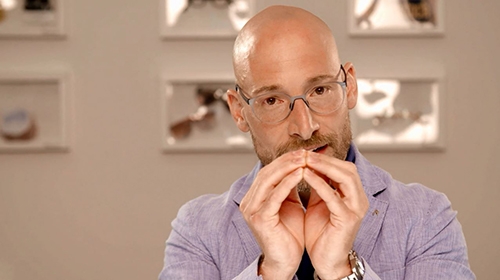
Presbyopia (ageing eye condition)
Presbyopia or ageing eye condition affects most persons as they get older. This means that, when we become middle-aged, the eye lens is no longer quite as elastic. It becomes increasingly difficult for the eyes to focus on close objects and to switch between near and distance vision. This natural loss of focusing ability can be corrected with reading spectacles or, even better, with varifocal lenses.
